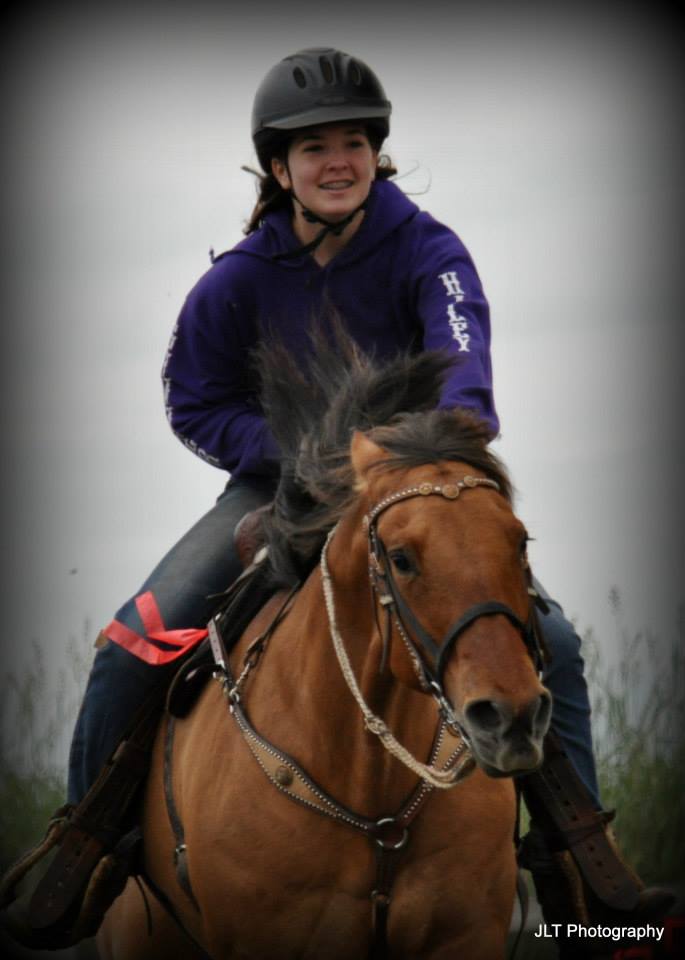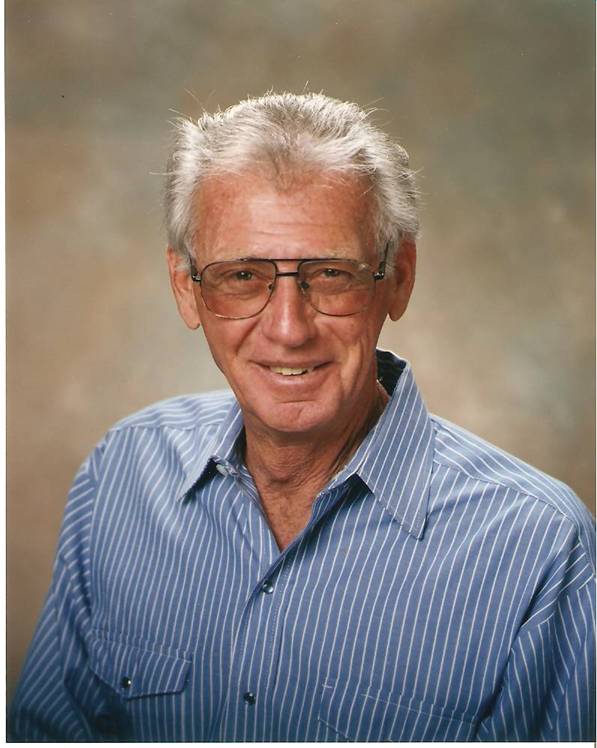The Beauty of Equine Movement
by Don Blazer

Television commercials often show the world what the horse does best—move. A good example includes the popular ads for Budweiser: “Here comes the king, here comes the big number one!” And here come those famous Clydesdales. With feathers floating, 32 hooves strike the ground as the rhythm of it beats in your heart. No question about it, the sight is fantastic.
How about commercials for the Kentucky Derby, Preakness or Belmont stakes? First you see the shot of hoofs dancing in place under the starting gate, then the gate bursts open and a rainbow of color, power and sleek muscle explodes into forward motion. The beauty of Thoroughbred athletes giving their all as they reach and extend their strides just before the finish line is spectacular.
What a horse does best is all about motion: stride and glide, prance and dance, pull and jump and float and fly. The horse is grace and beauty and power and action in every ounce of his being. Horses first put motion power to work for man as a pack animal carrying baggage. Soon, the horse was pulling a travois and then a chariot. As man improved the design of his vehicles, the horse improved, too, by getting bigger and stronger. For years, the horse was the main source of power for vehicles that ranged from fancy coaches to light gigs.
Of course, men and women also love to ride horses, and they love it best when the horse moves smoothly. The smoothest horses have special gaits which are actually a walk at various speeds. Gaited horses include the Peruvian Paso, Tennessee Walker, American Saddlebred, Paso Fino, Racking Horse, the Standardbred and the Missouri Fox Trotter. The Fox Trotter’s gait is also a walk, not a trot. Of all gaits, probably the most spectacular is the rack which requires very high action on the part of the horse. Over a straight course, a racking horse may cover a mile in 2 minutes, 20 seconds.
Prancing is most commonly thought of as the gait of parade horses. Many refined and controlled movements with extreme impulsion might also be called prancing. Such action includes the passage (an exaggerated “trot”), or the piaffe which is, essentially, trotting in place. The classic art of equitation called Haute Ecole, or “high school.” It is based on natural leaps and paces derived from tactics employed by ancient cavalry while in combat. Brought to its highest form by the Spanish Riding School, the Lipizzaners (a breed from Central Europe) perform the “airs above the ground.” The most difficult and highly publicized of these is called the capriole. To perform the capriole, the horse must leap into the air, kick out with both hind feet and finally land on all four feet.
Jumping over fences and obstacles is exciting to watch and more exciting to ride. Horses do it quite well even though their anatomy is not the best for vertical jumping. The greatest jump ever recorded, that I know of, was made by a Thoroughbred named Ben Bolt. He cleared 9 ½ feet at the Royal Horse Show in Sydney, Australia in 1936.
While horses can do many impressive movements, they are really best at running. Horse racing is called the Sport of Kings, but since the horse is a prey animal that uses its well developed skill of running as a natural defense, it should be called the Sport of Life. People have enjoyed horse racing as a sport for hundreds of years. Some say the greatest race horse of all time was Man O’War, others say it is Secretariat, or Exterminator. Personally, I think the greatest race horse was Hi School Reunion. I bet on him and he paid $80 for a $2 bet!
Thanks to television, much of the world has seen what horses do best—move beautifully. While seeing it is wonderful, the greatest thrill is to pull, prance, jump, run or even just walk, together with your horse.
To learn how to move with your horse take the online course, Dressage – Foundation for All Riding Disciplines. Visit www.equinestudiesinstitute.com to earn certification as a horse trainer, riding instructor or stable manager.

Don Blazer developed and taught the course The Business of Making Money With Horses for www.horsecoursesonline.com, the worldwide leader in online equine curriculum. Also the author of the syndicated columns “A Horse, of Course” and ”Making Money with Horses”, Don lost his battle with lung cancer on April 7, 2014. However, the horse community is grateful that his wisdom lives on through the wealth of books and articles he wrote over the years.





